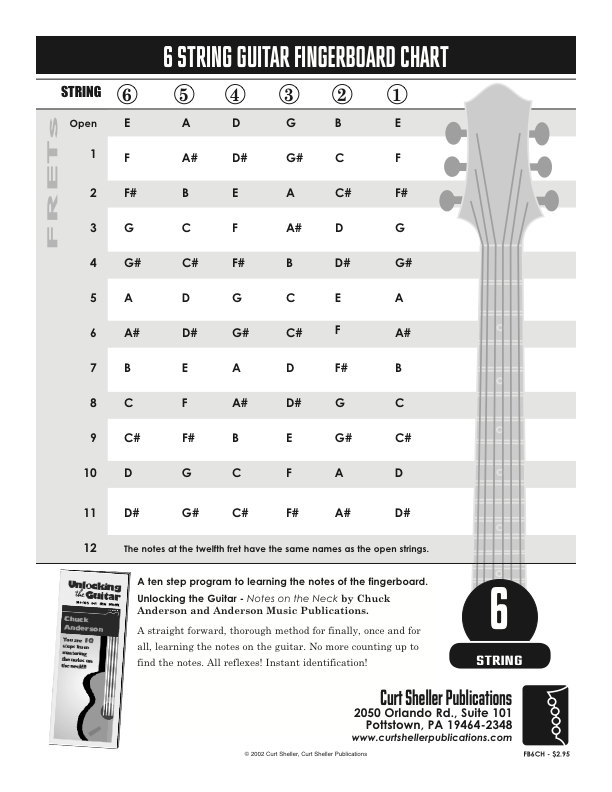
The root note of the A shape is on the g and A-strings. The root note in the F shape is on the E-string. It’s in the same place no matter where you use the shape.Īll you have to do is match that note in the chord chord with the position of the note you want on the fretboard. the root of the F chord is F, the root of Cm7 is C) in a particular place. Once you’ve got the chord shapes, next you need to know where on the neck to play them.Įach of the shapes has the root note (the one the chord is named after e.g. Note: You don’t have to hold your middle and ring fingers like a total wazzock as I do in the picture. Barre across with your index finger and you get this: Fret the A-string, third fret with your pinkie. The same thing goes for the C chord shape. This time your barre finger is only holding down the A and E strings so you can do a half bar like this if it’s more comfortable for you: So it’s like an A chord shape with your index finger taking the place of the nut. Then move everything up one fret and barre across the first fret with your index finger so you end up with this: Start by freeing up your index finger by using your middle (C string, first fret) and ring finger. You can do the same thing with the A chord shape. You can move this shape up the neck and it will always be a major chord. If you imagine the index finger as the nut, you can see you’re using the same shape as the F chord. Then barre across the first fret with your index finger so you get this: Move both those fingers up a fret (so your ring finger is at the third fret and middle finger is at the second). To do that use your ringer finger to fret the g-string at the second fret and your middle finger to fret the E-string, 1st fret.
#F bar chord ukulele free
First off you need to free up your index/pointer finger. Once you have a moveable shape you can move it up and down the fretboard and it will always retain its flavour (major, minor, 7, whatever). All you have to do is replace the nut with your index finger. Making Moveable Chord ShapesĪny of the simple chord shapes you know can be changed into a moveable chord shape (any chord where there are no open strings).
#F bar chord ukulele how to
I had a hard time working out how to explain things clearly in this post so if there’s anything you don’t get, ask in the comments and I’ll try my best to straighten it out. If you think this post is useful and you want me to tackle the minor and 7 chords in the same way, leave a comment. Partly because those are the most useful chord shapes but mostly because it sounds a bit like a rude word.
#F bar chord ukulele full
He has a full explanation here, but I think it’s a really useful way of thinking about inversions so here’s my shot at explaining it.įor the sake of this post, I’ve simplified the CAGFD system down to FAC. It’s a tricky concept to get across in a short video so it did cause a bit of confusion. The other day I posted this video of Bosko talking about the CAGFD system with Jim D’Ville – which is the way he thinks about chord inversions. Having different people play different inversions will open up the sound. Particularly if you’re playing with other ukuleles. Playing different inversions makes any song more interesting. You can find different versions of every chord up and down the neck (known as ‘chord inversions’). That is an F sharp.Īll you've done is take the F shape and slid it up a half step on the ukulele neck.There’s more than one way to play any chord. There you go, you've now matched the shape up above. You put your second finger on the second fret of the E string, and then you put your third finger on the third fret of the G string. Instead of using your first and second finger, you're going to use your second and third finger. You're just going to play it with different fingers. Next, all you're going to do is make the normal F shape, which I'm sure you're used to playing at this point because it's one of the basic starter chords. Like I said, it will feel awkward, but with a little bit of practice. So the way to play F sharp on the ukulele is, you start with a barre chord, use your index finger and bar all the way across the whole neck on the first fret.


Even chords that feel more complicated.īut when you can use the same chord shape and move it around, It begins to be even easier to play. All they need is some practice, and strength which develops naturally as you play.īefore you know it, you will start to really rely on barre chords, because you'll be able to move up and down the neck, using the same chord shape to play anything. kind of complicated SEEMING chords, but only because it's a barre chordīarre chords can seem really intimidating to a new player, but after a little bit of practice, they're really not not that difficult to master.


 0 kommentar(er)
0 kommentar(er)
